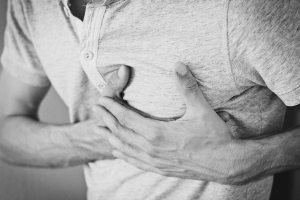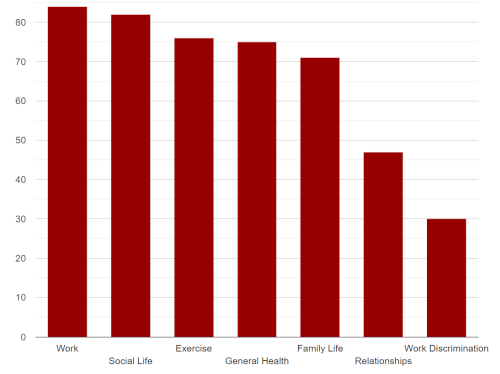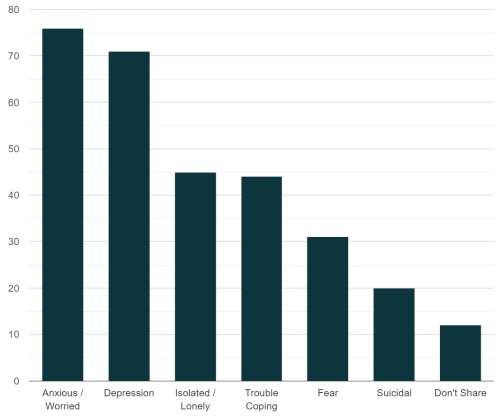Migraine and Irregular Heart Beat
Patients who have migraine with aura are more likely to suffer from a certain type of irregular heartbeat, according to a recent study out of Switzerland.

The condition is known as atrial fibrillation. Atrial fibrillation occurs when the heart’s upper chambers beat out of sync with the lower chambers. You end up with an irregular, and often rapid, heartbeat.
The study does not show that migraine is causing the problem, only that the two conditions often come together. And there are a number of reasons why this may be – a medication you’re taking may increase your risk of heart problems, or obesity, or even a genetic disposition. A next step would be to try to figure out what the connection is between migraine and atrial fibrillation.
However, multiple studies have suggested that patients with migraine, and especially those with migraine with aura, have an increased risk of heart conditions. Studies like these are another reminder that migraine patients should especially take care of their heart health.
Now many people may not even notice this heart problem. If you do, you may or may not feel your heart “fluttering”. But you may notice weakness or fatigue, lightheadedness or dizziness, and maybe some chest pain.
Atrial fibrillation can be dangerous because it can lead to blood clots and stroke. The researches in this study review explain the practical steps you and your doctor may take:
In practical terms, screening for atrial fibrillation in patients who have a long history of migraine might be reasonable, whereas in patients with stroke or other disorders and migraine extensive screening for atrial fibrillation should be performed like in all patients without migraine.
Migraine and Atrial Fibrillation: a Systematic Review
In other words, it might be something you want to ask your doctor about, especially if you’re a long-term migraine with aura sufferer. If you know you have increased risk of heart disease, your doctor can help you lower your risk.





